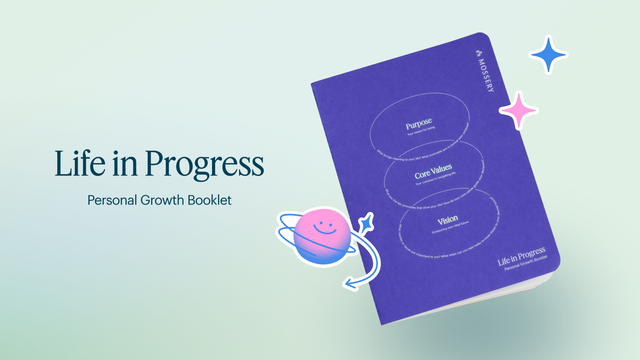
Can a gratitude journal work for you?
You may be reading because you’re thinking of starting one – except you’re not sure where to begin. Others may have given up on the idea, but don’t let that get you down. The trick is to keep your journal in a way that works for you. We’ve come up with this post to help you build your own journal – take a look at the prompts below and see if it’s easier to get started!
Why have a gratitude journal in the first place?
A gratitude journal places focus on the positive in your life. It’s scientifically proven that we remember the negative points better than the positive, so maintaining a gratitude journal is a manual way of retaining the good in every situation. The results? An improved attitude and confidence in your abilities to handle tough situations – because as your journal proves, you’ve done it before.
How do you keep a gratitude journal?
It’s as simple as picking up a notebook and pencil or pen that you like. Tip: choose tools that you love so that you can associate the feeling of gratitude with the pleasurable feeling of making crisp lines on smooth paper.
Here are four simple ways that you can use to keep up with your gratitude journal. Remember, it’s completely up to you which one you use – just find what works for you.



Be specific
Describing a specific action or event can boost your mood when you look back on it. For example, instead of writing ‘My dog’, write something like ‘My dog greeted me at the front door.’ Writing about the people in your life and how they make you feel is another good idea. When you decide to flip through your journal in the future, it’ll bring back those positive memories with added clarity.



Practise awareness
Reflect on how your life would be if certain things were absent. For example, how would it feel to not have met the people you love? Or to live in a different part of town? This simple exercise helps us to realise the good side to a negative situation – it’s okay to see the unpleasant side too, but don’t lose sight of the positives even when you’re down.


Go With The Flow
Being grateful isn’t supposed to feel like work or a chore, so write in your gratitude journal when you actually feel like doing so (not because you’ve imposed a strict writing schedule on yourself). The main point of this journal is to improve your wellbeing and create a time in your day or week to relax.
To reap the benefits of gratitude, take the time to feel gratitude itself. Then, start journaling.



Be creative
Finally, keeping a gratitude journal follows no restrictions – you can stick on photos and event tickets, draw and make a collage, whatever makes the process most enjoyable. The ways to customise your gratitude journal are endless, and you make the rules.
Tip: separate your grateful moments into categories for a cleaner look. Try out different layouts and styles and find what works best for you.
-
Gratitude is a powerful mental tool that gives you a positive outlook on your day-to-day. Practising it once in a while can set positive changes in your mindset in motion.
Do you have a gratitude journal? If so, did you notice any changes in your moods or behaviour? If not, tell us one thing you are grateful for today! Let’s chat in the comments below.




